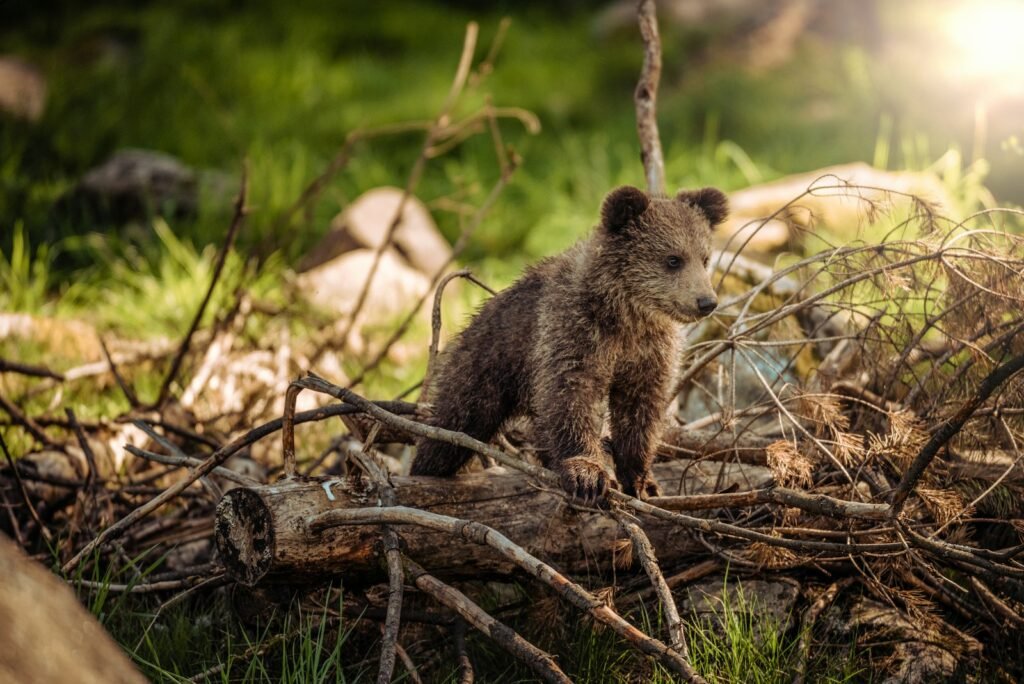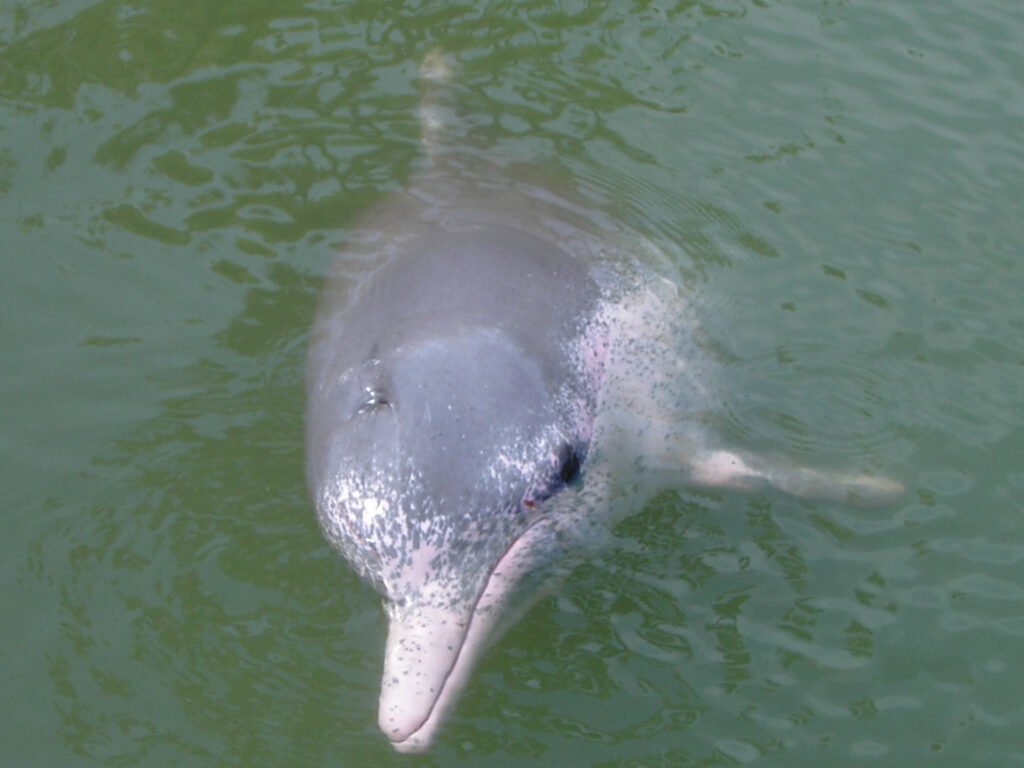Innovative technologies are transforming wildlife conservation and animal rights efforts worldwide. From tracking elusive species to combating poaching, these advancements offer new hope for protecting our planet’s biodiversity.
The Eyes in the Sky

Drones have become invaluable in monitoring wildlife and detecting illegal activities. For instance, in South Africa’s Kruger National Park, drones equipped with thermal imaging help rangers spot poachers at night, enhancing anti-poaching efforts.
AI-Powered Animal Tracking

Artificial intelligence is revolutionizing how we track and study animals. WildTrack’s AI analyzes footprints to identify individual animals, aiding in monitoring species like Namibia’s brown hyenas without intrusive methods.
Environmental DNA (eDNA) Sampling

Collecting eDNA from the environment allows scientists to detect species presence without direct observation. Drones equipped with eDNA collection tools can gather samples from hard-to-reach areas, providing data on species like the critically endangered pangolins in Vietnam.
Smart Parks and Connected Conservation

Smart Parks utilize sensors and networks to monitor wildlife movements and environmental conditions. In Rwanda’s Akagera National Park, this technology helps track animals like black rhinos, enhancing protection efforts.
Cloning for Conservation

Cloning offers a way to boost genetic diversity in endangered species. Revive & Restore successfully cloned a black-footed ferret named Elizabeth Ann, marking a significant step in conservation biology.
Autonomous Aerial Robots
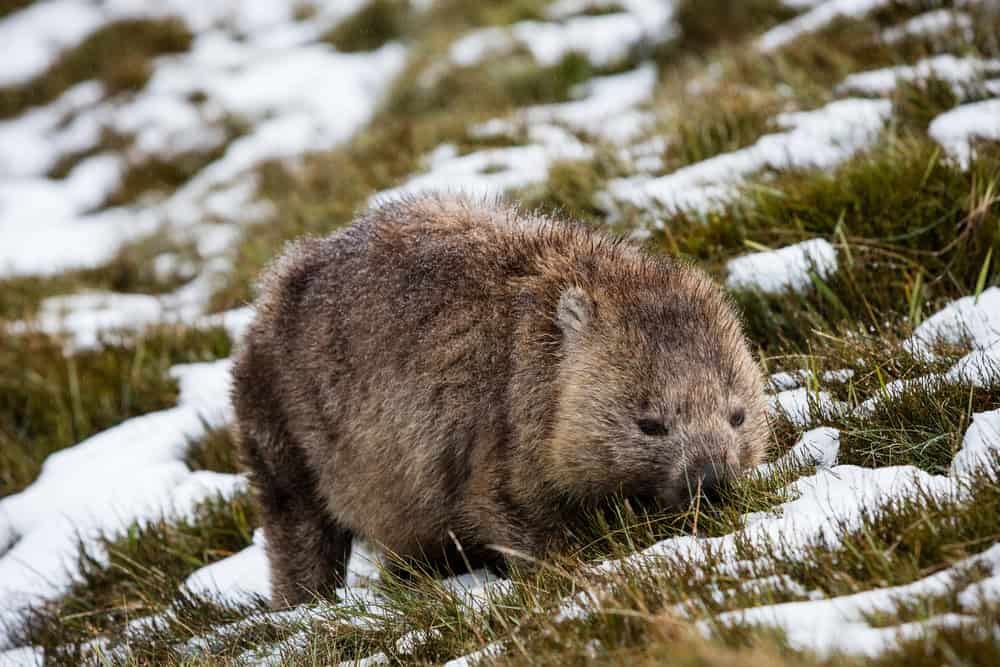
Autonomous drones can track radio-tagged wildlife across challenging terrains. The ConservationBots project demonstrated this by monitoring wombats in Australia, providing data crucial for their conservation.
Deep Learning for Species Detection

Deep learning algorithms analyze images and videos to detect endangered species. The Conservation AI platform processes live-streamed footage from drones to identify animals like rhinos, aiding in anti-poaching efforts.
Collaborative AI Frameworks
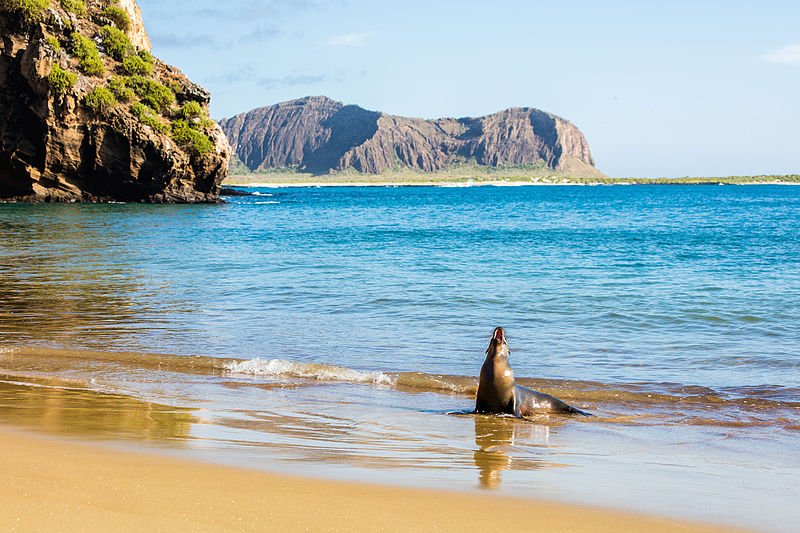
Open-source platforms like Pytorch-Wildlife enable conservationists to develop and share AI models. These tools assist in tasks such as identifying invasive species in the Galapagos Islands, promoting collaborative conservation efforts.
Real-Time Data Integration

Software like Earth-Ranger compiles data from various sources—GPS collars, camera traps, and sensors—into a unified platform. This integration supports proactive conservation strategies in over 70 countries.
Community-Driven Conservation
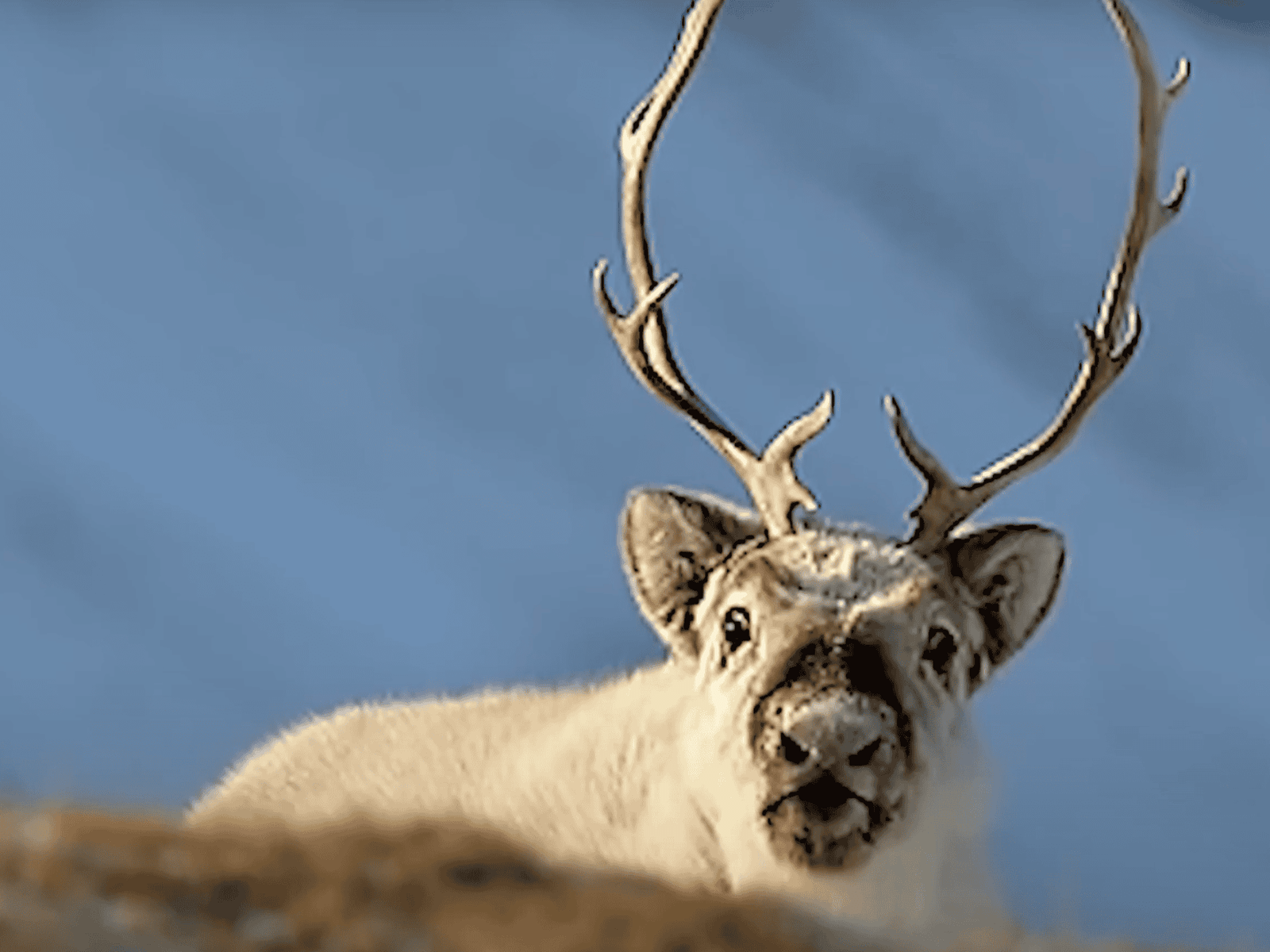
Engaging local communities through technology fosters effective conservation. Initiatives like the Haida Nation’s land stewardship in Canada combine traditional knowledge with modern tools to protect ecosystems.
Ethical Considerations in Tech

As technology advances, ethical considerations remain paramount. Ensuring that innovations respect animal welfare and involve local communities is crucial for sustainable conservation. These technological innovations are reshaping conservation, offering new tools to protect wildlife and uphold animal rights. By integrating these advancements, we can work towards a more harmonious coexistence with nature.

Jan loves Wildlife and Animals and is one of the founders of Animals Around The Globe. He holds an MSc in Finance & Economics and is a passionate PADI Open Water Diver. His favorite animals are Mountain Gorillas, Tigers, and Great White Sharks. He lived in South Africa, Germany, the USA, Ireland, Italy, China, and Australia. Before AATG, Jan worked for Google, Axel Springer, BMW and others.


